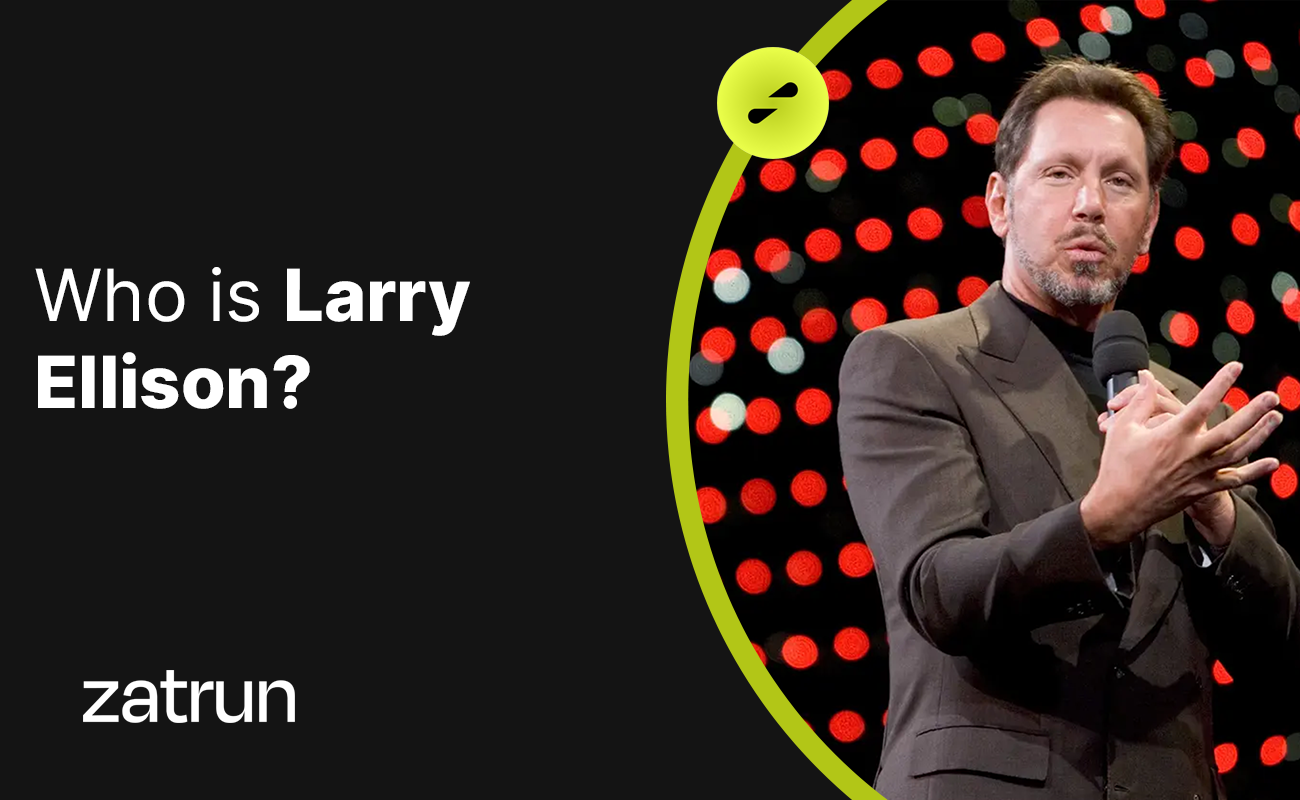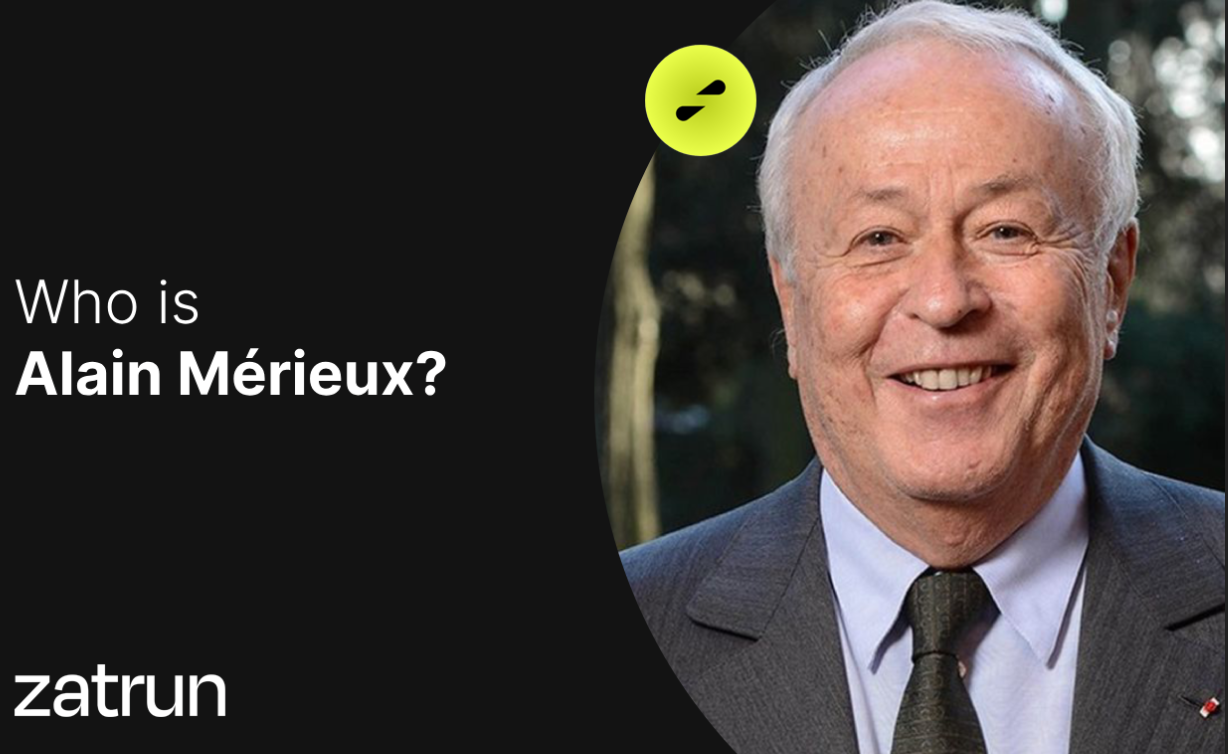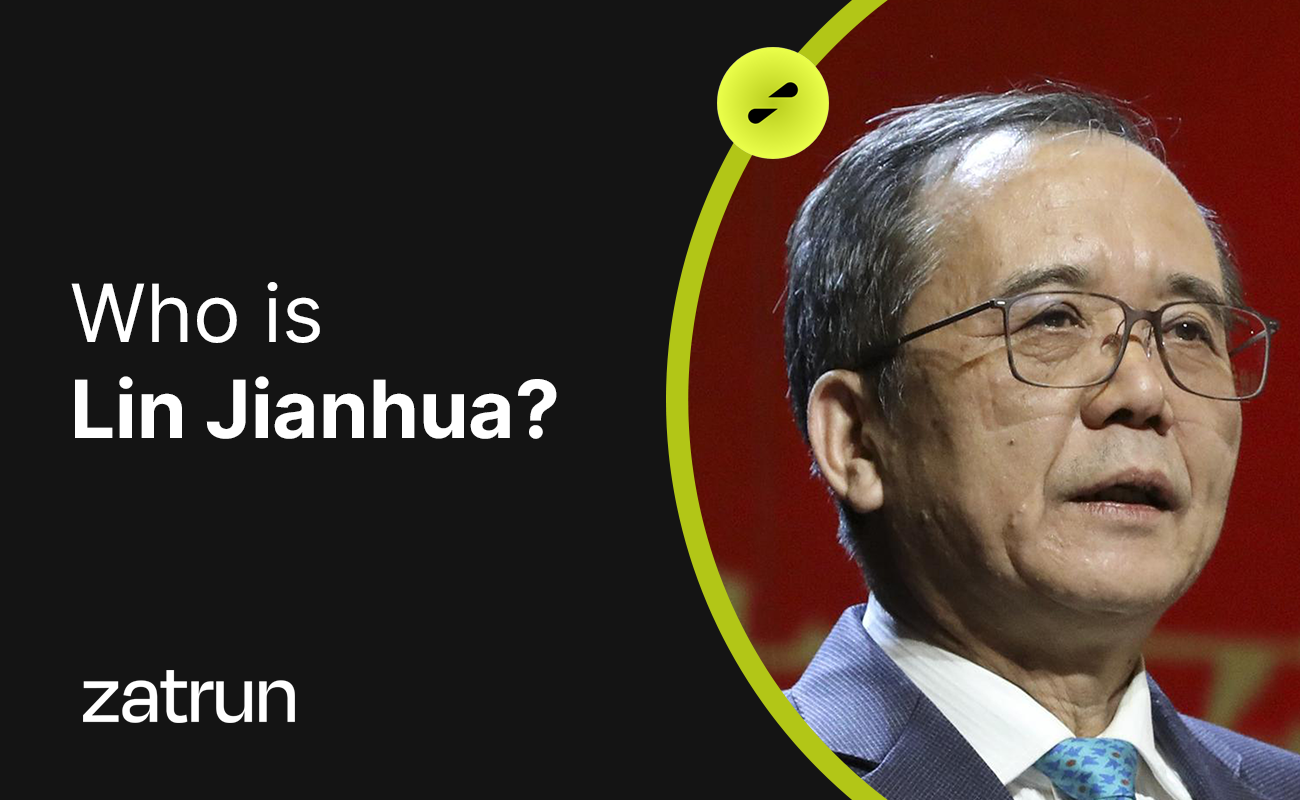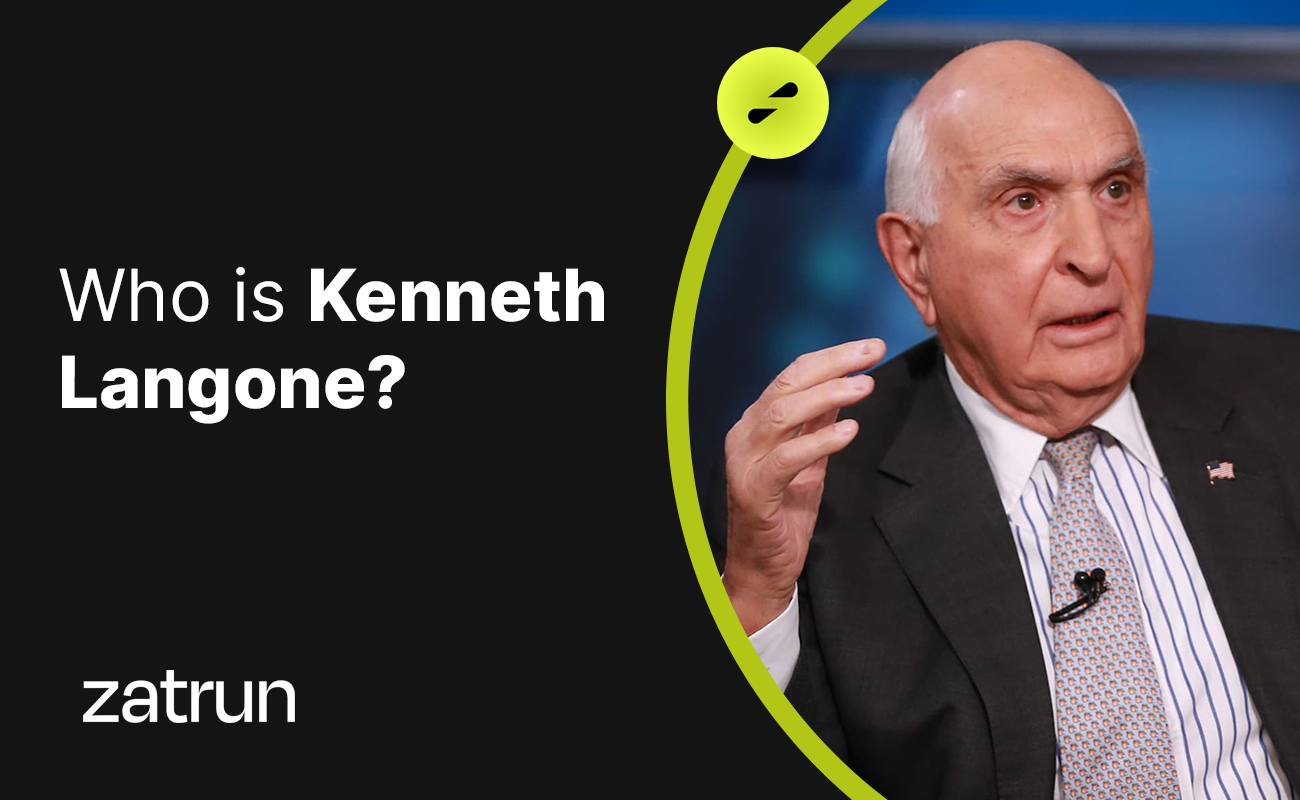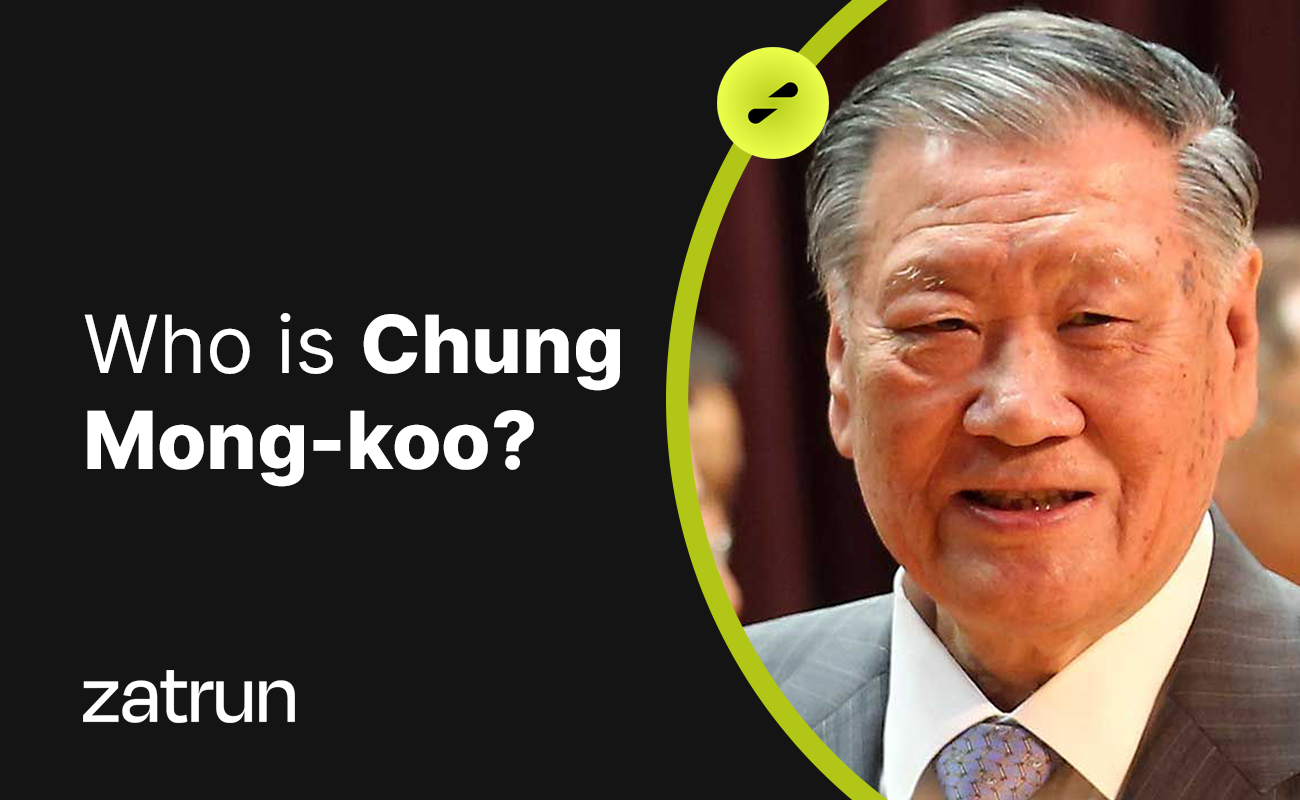Stacks (STX) is a notable name in the cryptocurrency markets, primarily gaining attention for its array of solutions catering to decentralized applications and technologies. As it continues to be listed on major exchanges, the project’s popularity has surged, and it is expected to exhibit a more positive trend following the realization of its future goals.
Stacks (STX) Coin Overview
Stacks is a project that provides solutions for creating a better, user-centric, decentralized internet. It is designed as a layer-1 blockchain solution to bring smart contracts and decentralized applications to Bitcoin. STX serves as the native cryptocurrency of the Stacks network.
STX Project and Whitepaper
The STX project began as an open-source blockchain network that leverages Bitcoin’s security and capital for decentralized applications (DApps) and smart contracts. It employs a consensus mechanism called “Proof of Transfer,” encompassing two chains, to function as a blockchain linked to Bitcoin. Stacks aims to use Bitcoin’s security while providing an entirely separate blockchain for Stacks applications.
STX is a decentralized network, similar to Bitcoin, with contributors and developers from all around the world. It continues its community-driven efforts to create a better internet. Rather than starting from scratch, STX focuses on expanding Bitcoin with new functional features. While Stacks applications operate on a separate blockchain, they aim to utilize Bitcoin’s strength and stability. Stacks seeks to introduce complex applications and smart contracts to the network.
STX also supports the execution of smart contracts, transaction processing, and the registration of new digital assets on the Stacks 2.0 blockchain through the STX token. The mission of STX is to create a better, user-centric, decentralized internet by unleashing the world’s most tested and valuable blockchain, Bitcoin.
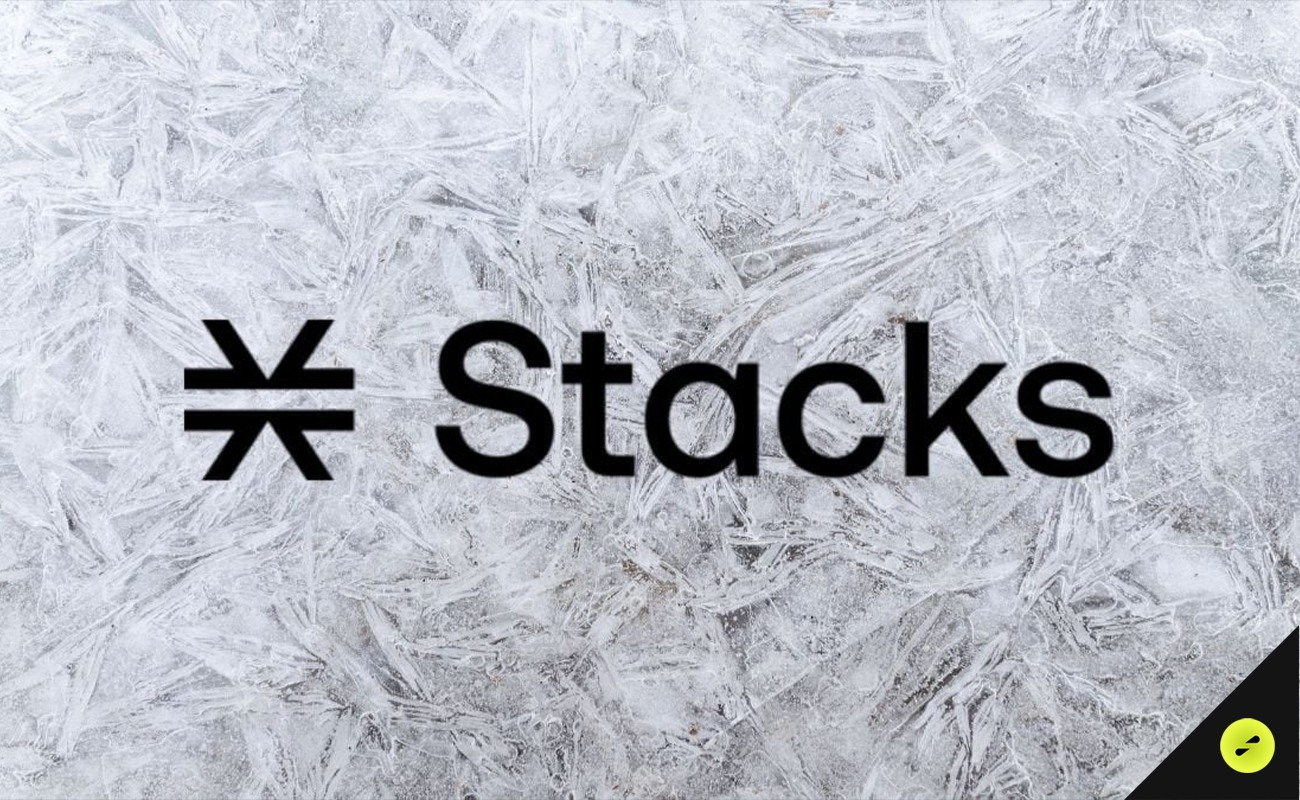
Founders of STX Coin and Their Origin
In the initial stages, the Stacks project received financial backing from several leading venture capital funds, including YCombinator, Digital Currency Group, and Winklevoss Capital. It was developed by Blockstack PBC, based in New York City, USA, and the company now operates under the name Hiro System PBC. Blockstack PBC supports a diverse range of companies developed on the Stacks platform.
Blockstack PBC was founded by Muneeb Ali and Ryan Shea, both of whom have been involved in various significant projects. Throughout their careers, they have achieved success in multiple ventures. With the launch of the Stacks project, they established themselves as prominent figures in the industry.
Use Cases for STX Coin
The native cryptocurrency of the Stacks network, STX, boasts several functional features, enabling it to have a broad range of use cases. Its primary use case is to power smart contracts for Bitcoin. Additionally, STX is used to reward miners in the Stacks network and allows STX holders to earn Bitcoin through Stacking.
What Sets the Stacks (STX) Project Apart?
The STX project stands out by providing solutions for decentralized applications, smart contracts, blockchain, and the crypto industry as a whole. These distinctive features make it unique compared to many other projects. Its ability to extend Bitcoin with additional functionality without the need for forking or altering the original Bitcoin blockchain is a significant strength. Some of the standout features of the STX project include:
- Introduction of a new smart contract programming language called Clarity, offering secure and user-friendly options.
- Utilizing the Proof of Transfer consensus mechanism as a layer-1 blockchain, linking STX and Bitcoin.
- Providing significant solutions in the decentralized finance (DeFi) space with Bitcoin.
- Directly connecting Bitcoin to the Stacks blockchain by allowing miners to mint new STX tokens by paying in BTC.

Advantages and Disadvantages of STX Coin
Stacks (STX) has successfully set itself apart in the crypto world with its advantages. To support the Stacks project, investors are advised to evaluate its strengths and weaknesses, helping them determine the most appropriate strategies. Some of the advantages of STX include:
- Enabling DeFi, NFTs, decentralized applications, and smart contracts for Bitcoin.
- Offering a new way to earn Bitcoin.
- Employing a consensus mechanism that connects STX and Bitcoin.
- Facilitating the creation of powerful applications secured by Bitcoin.
However, there are some disadvantages to consider with the STX project:
- It carries the typical risks associated with cryptocurrency markets.
- Sharp price movements can occur.
- Various security threats and cyberattacks may pose risks.
In conclusion, STX Coin has emerged as a project that addresses complex issues in the crypto world. Despite its challenges, the project’s commitment to providing solutions for decentralized technologies and a more user-centric internet makes it an asset worthy of attention. As it continues to evolve in the dynamic landscape of cryptocurrencies, STX remains a project worth monitoring. For more comprehensive insights and analysis, you can explore additional resources on Zatrun.com.
In the ever-evolving realm of digital assets and blockchain-based technologies, STX Coin showcases its potential to revolutionize the future of the crypto industry, making it an asset that should not be overlooked.


